Inferential Statistical Analysis: Evaluating Empirical Results
VerifiedAdded on 2023/04/22
|5
|753
|118
Homework Assignment
AI Summary
This assignment provides a review of inferential statistical analysis, focusing on the evaluation of empirical results and the suitability of different statistical estimation and hypothesis testing procedures. It includes the analysis of an OLS regression model examining the impact of oil prices, interest rates, and inflation on US real GDP growth, discussing the statistical significance of parameters, interpreting the sign and magnitude of estimates, and assessing the overall fit of the model. Additionally, it covers the analysis of Mann-Whitney tests comparing productivity between different groups of employees (male vs. female, postgraduate vs. undergraduate, trained vs. non-trained), evaluating the statistical significance of the coefficients and the overall suitability of the regression model. The review also touches upon the theoretical underpinnings of the results and suggests improvements to the models based on the findings.
1 out of 5
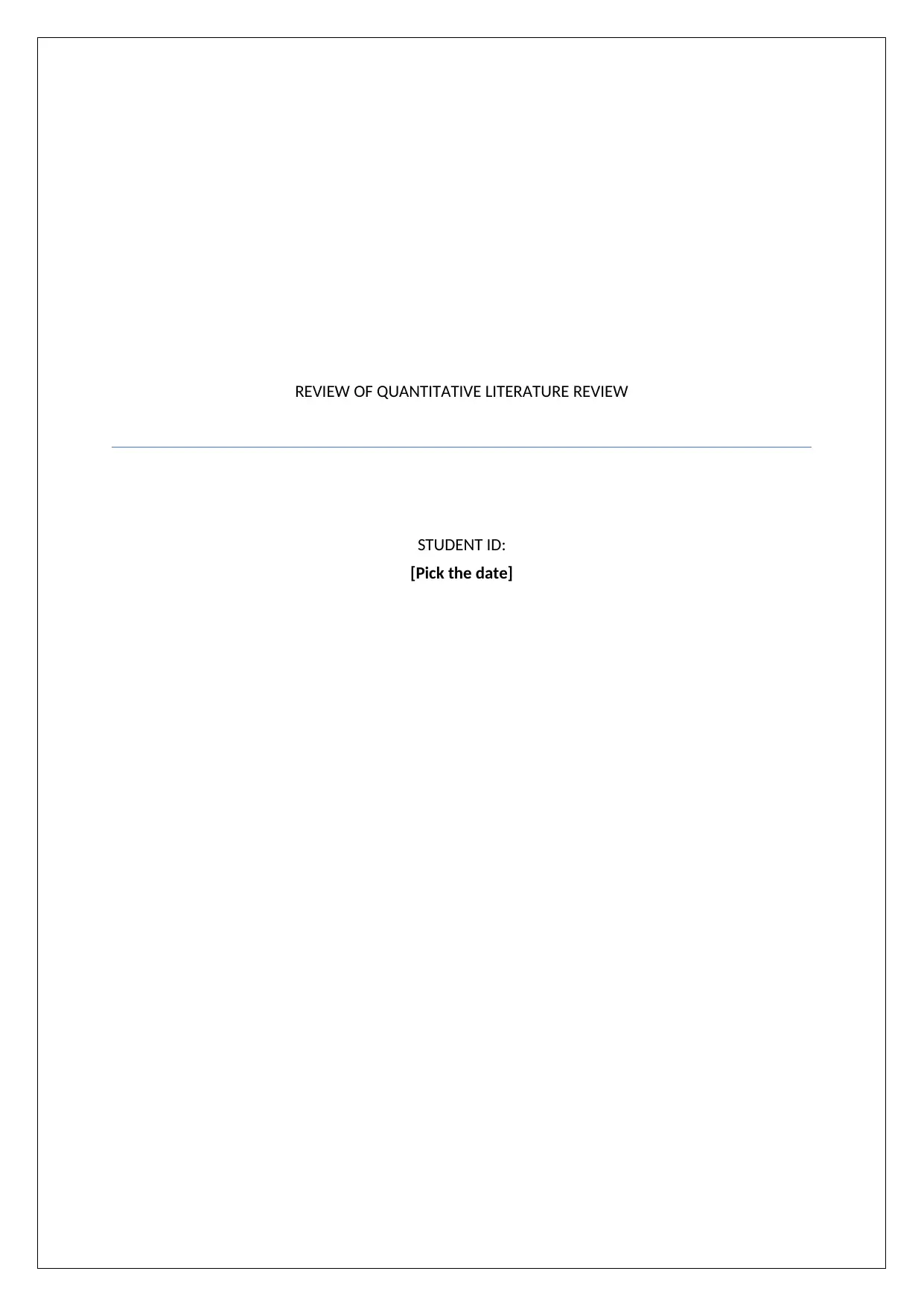
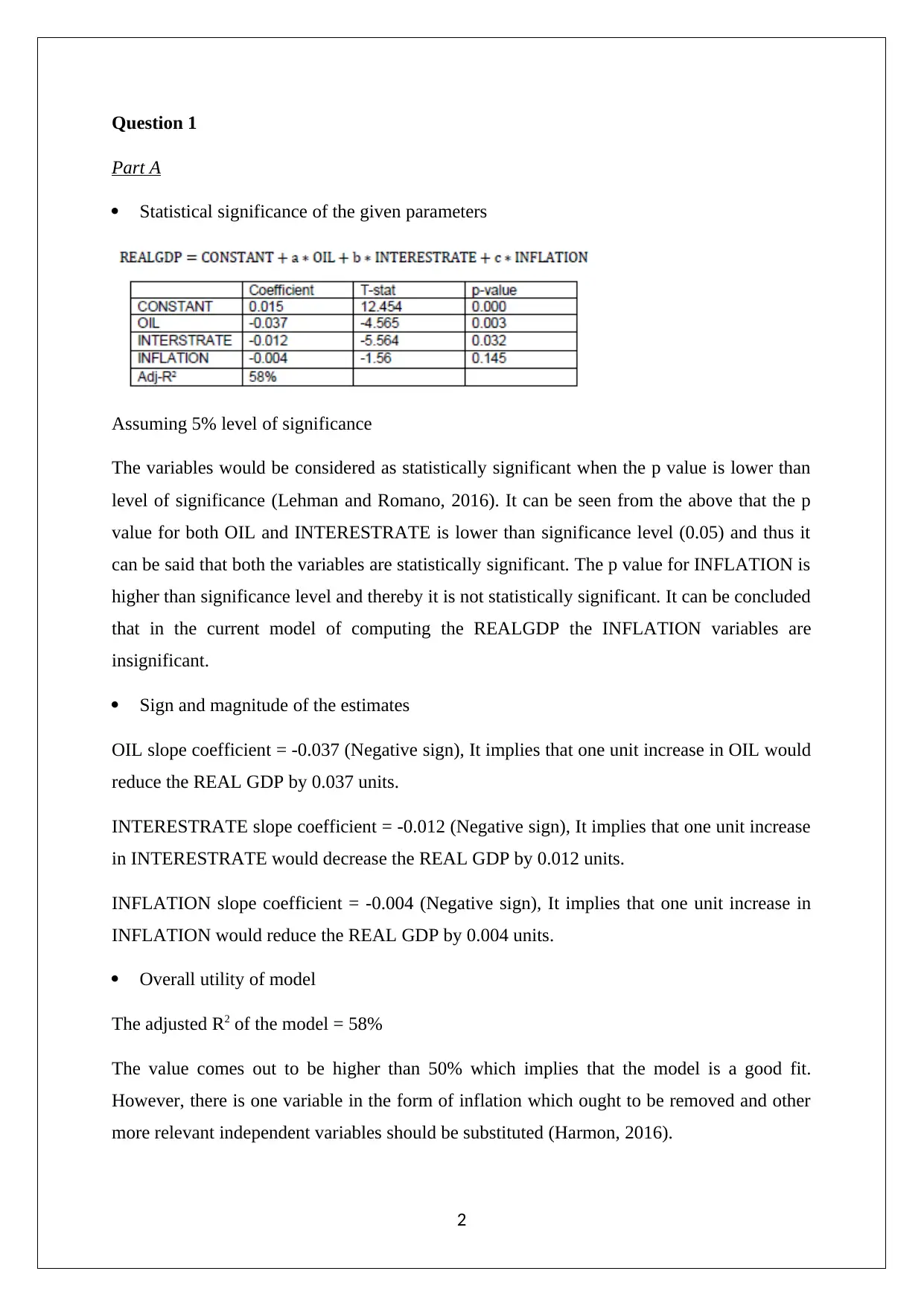
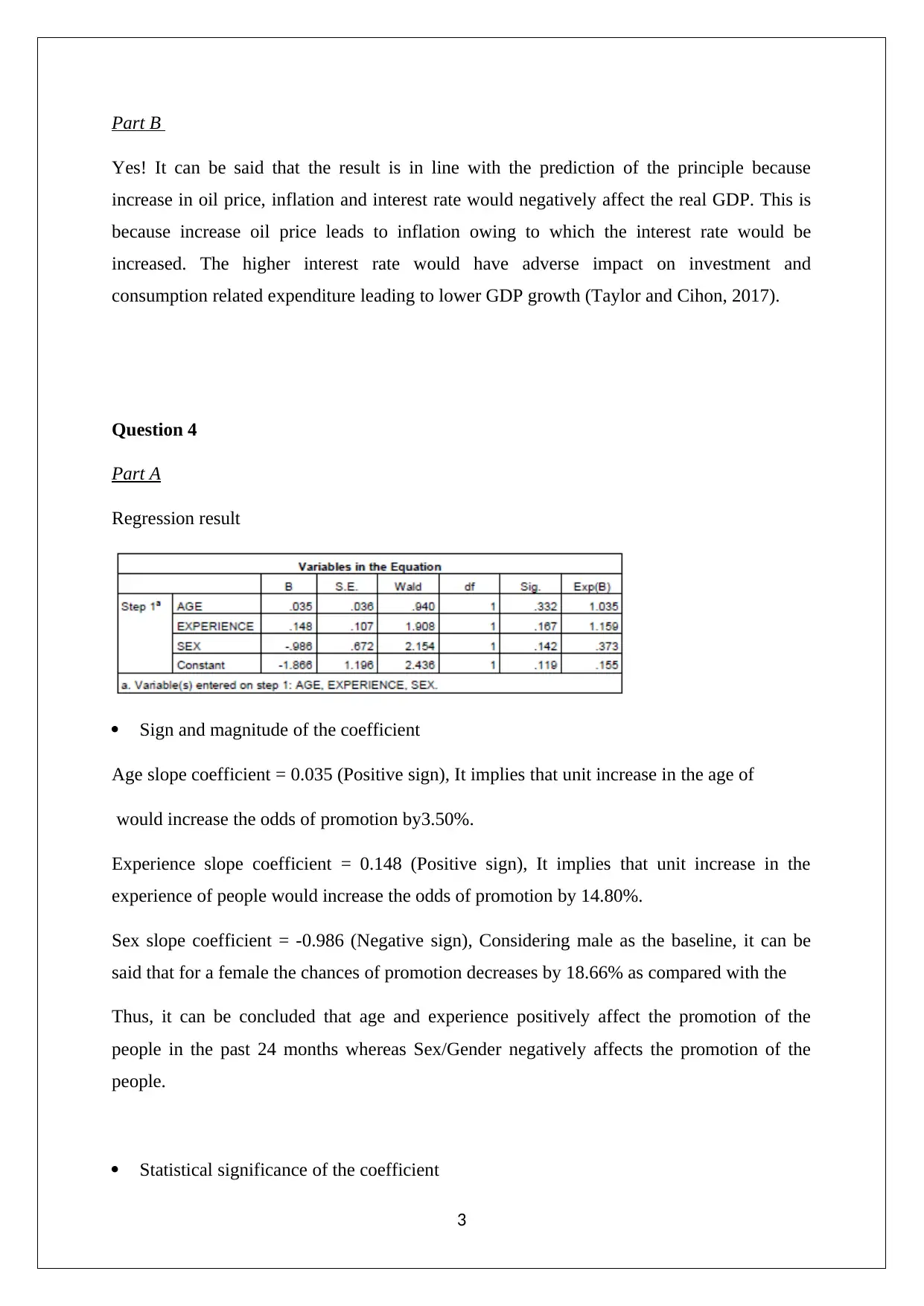

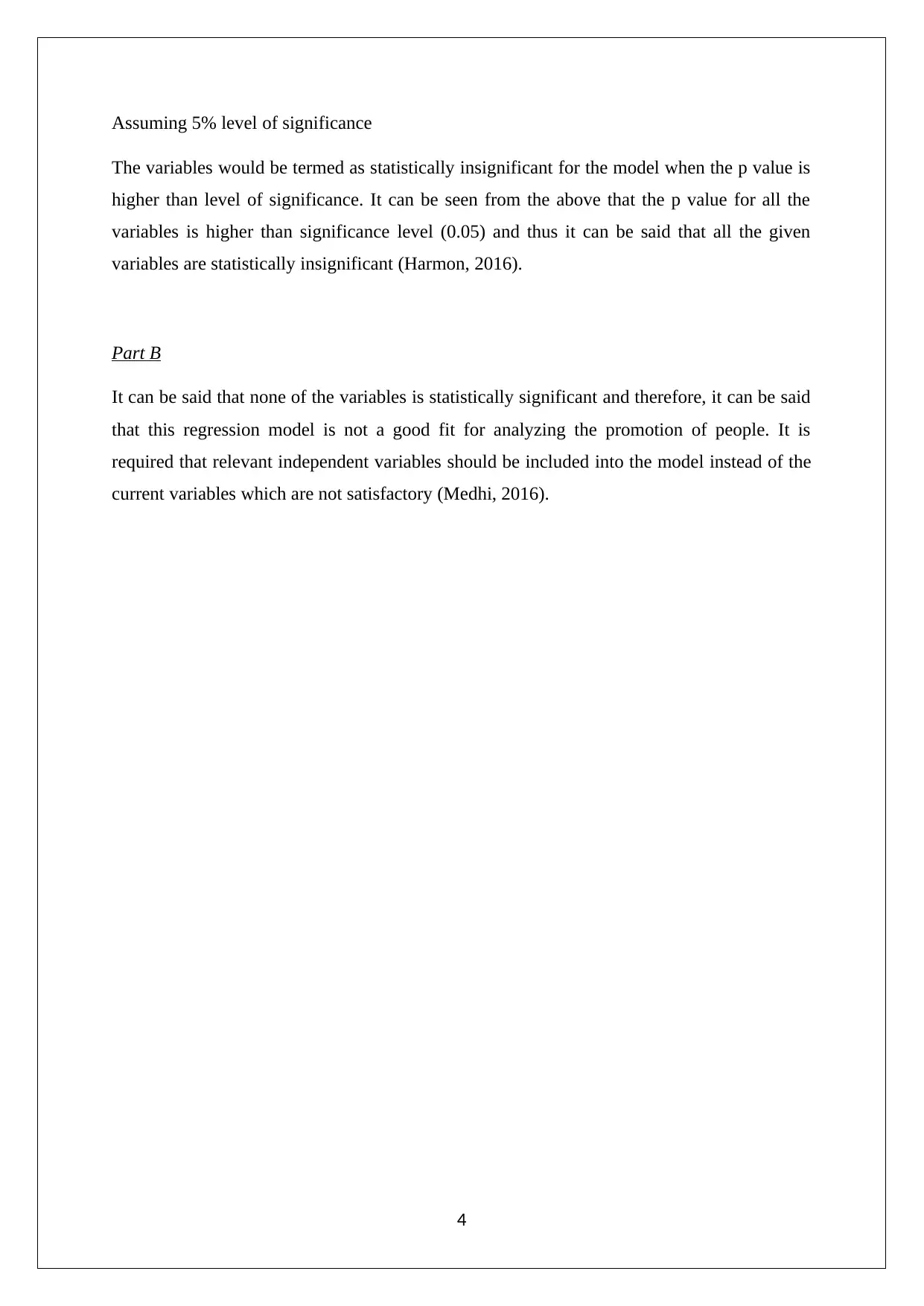
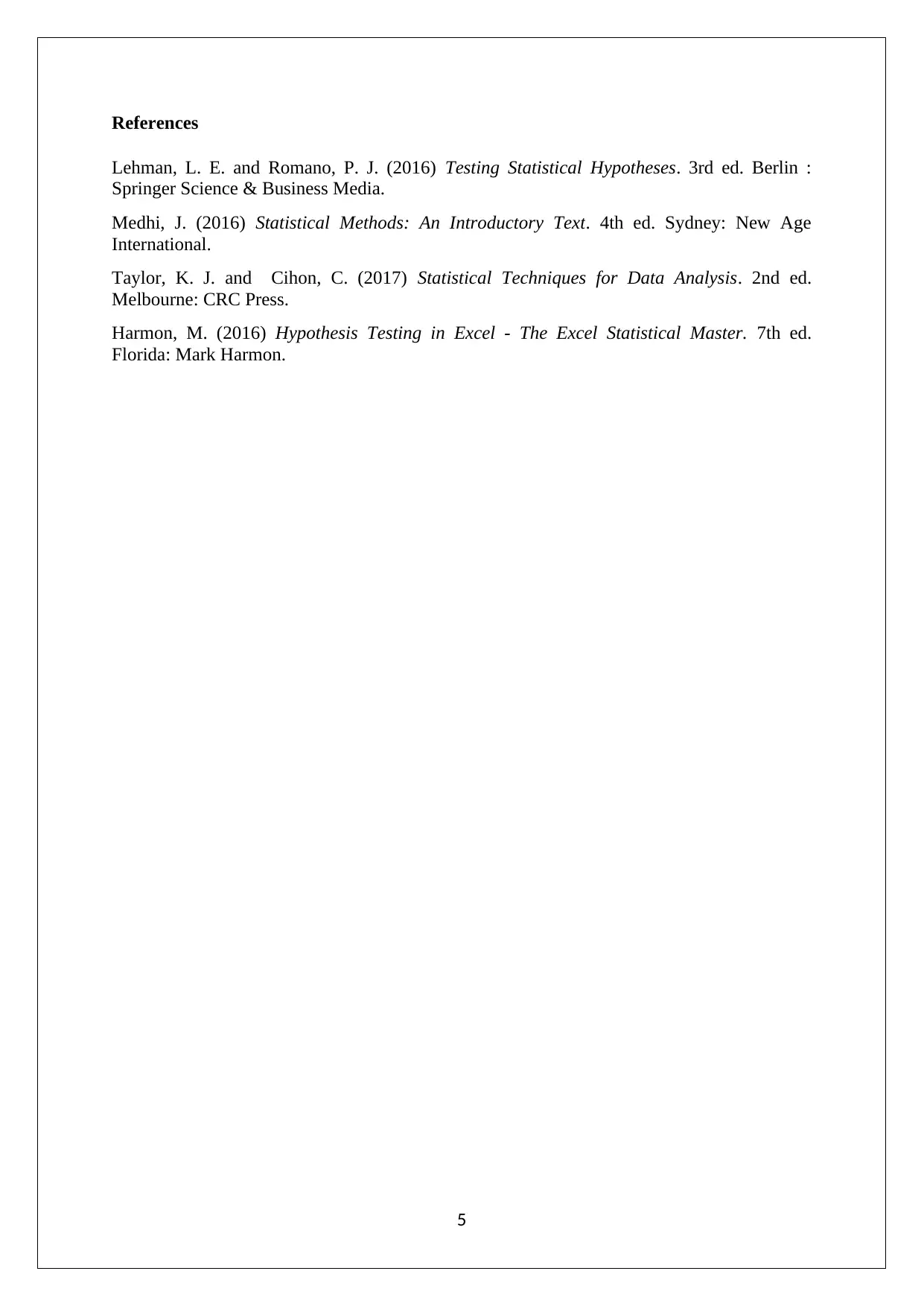






![[object Object]](/_next/static/media/star-bottom.7253800d.svg)